"With the continuous advancement of technology, medical equipment is also undergoing constant upgrades.
In recent years, 3D foot scanners, as a new type of medical device, have gradually gained favor in major hospitals.
With its high precision and efficiency, this equipment has brought revolutionary changes to the medical field.
So, what roles can 3D foot scanners play in hospitals?
I. Basic Principle of 3D Foot Scanners
3D foot scanners employ non-contact 3D measurement technology, scanning the feet in all dimensions through methods such as lasers or structured light.
By capturing the reflected light from the surface of the feet with high-speed cameras and utilizing computer vision algorithms, it achieves three-dimensional reconstruction of the feet.
The entire process requires no contact with the patient, ensuring both safety and convenience.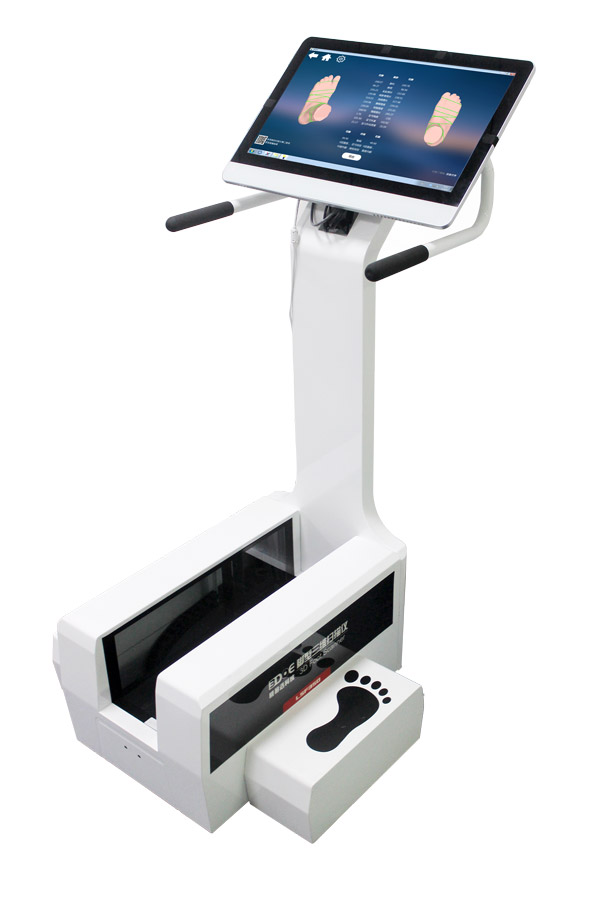
II. Applications of 3D Foot Scanners in Hospitals
Orthopedic Surgery: For orthopedic surgeons, 3D foot scanners are undoubtedly revolutionary tools.
By scanning the patient's feet, doctors can obtain precise three-dimensional data, enabling them to develop more personalized surgical plans.
This not only improves the success rate of surgeries but also reduces patient recovery time.
Rehabilitation Therapy: In the field of rehabilitation therapy, 3D foot scanners also play a crucial role.
By scanning the patient's feet, doctors can understand the patient's rehabilitation progress and develop more targeted rehabilitation plans.
Additionally, doctors can compare scan data with previous data to evaluate treatment effects, providing a more scientific basis for patient recovery.
Diagnostic Assistance: 3D foot scanners can also assist doctors in diagnosing diseases.
For conditions such as foot deformities or tumors, doctors can obtain detailed three-dimensional data by scanning the patient's feet, leading to more accurate diagnoses.
Customized Orthotics: For patients requiring orthotic devices such as braces or prosthetics, 3D foot scanners can provide more personalized services.
By scanning the patient's feet, doctors can obtain precise three-dimensional data, allowing for the production of more suitable devices.
This not only improves device comfort but also enhances patient quality of life.
III. Advantages of 3D Foot Scanners
High Precision: 3D foot scanners utilize advanced measurement technology, achieving very high measurement accuracy.
This ensures that doctors receive accurate data support for developing surgical plans, rehabilitation plans, etc.
High Efficiency: Compared to traditional measurement methods, 3D foot scanners have a very fast scanning speed.
Doctors can obtain a large amount of data in a short period, thereby increasing work efficiency.
Safety and Convenience: 3D foot scanners employ non-contact measurement methods, completing scans without the need for patient contact.
This ensures patient safety and avoids any inconvenience that traditional measurement methods may cause.
With the continuous advancement of medical technology, 3D foot scanners will play an increasingly important role in the medical field.
They not only help doctors develop more personalized treatment plans and rehabilitation plans but also improve diagnostic accuracy and device comfort."

 +86-0755-86131192
+86-0755-86131192 2024-04-08
2024-04-08 Back to list
Back to list
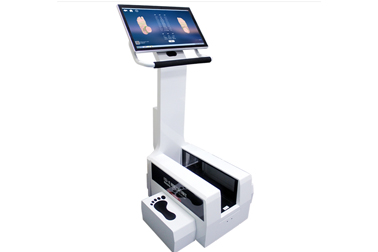
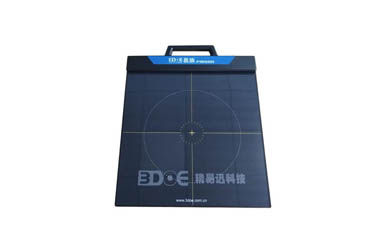
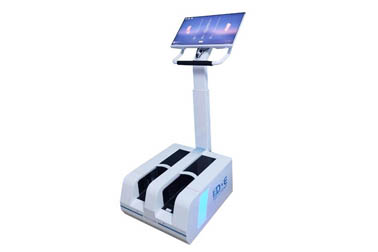
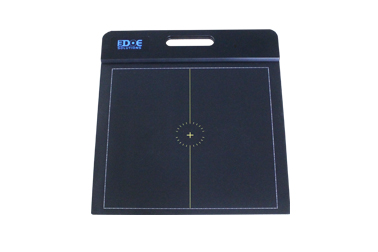
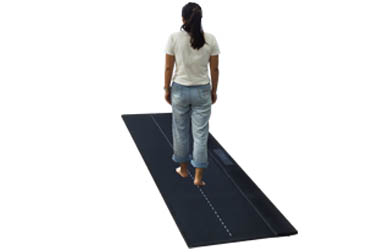



 +86-0755-86131192
+86-0755-86131192